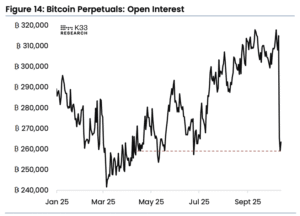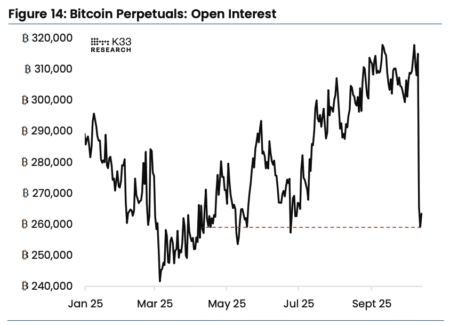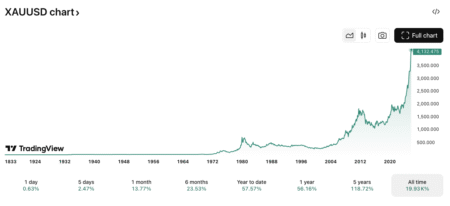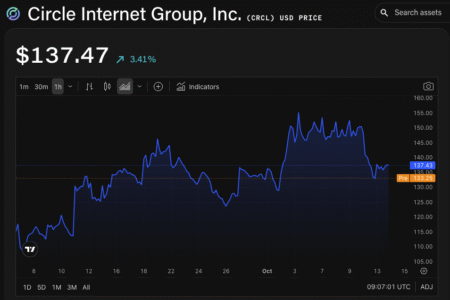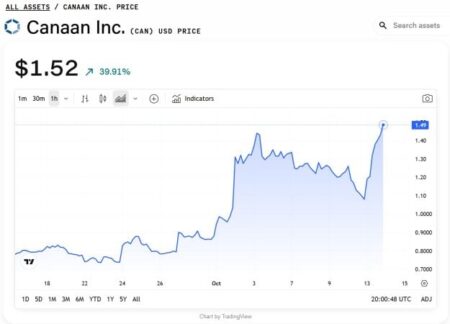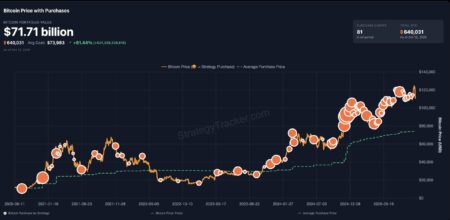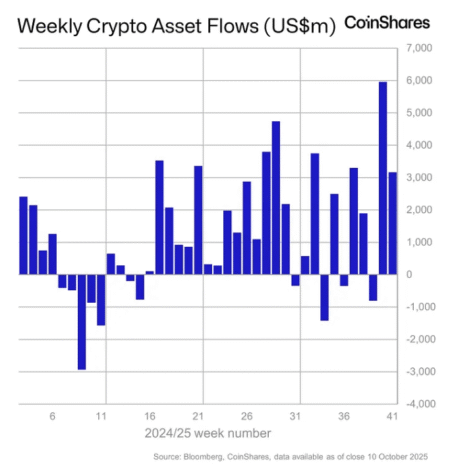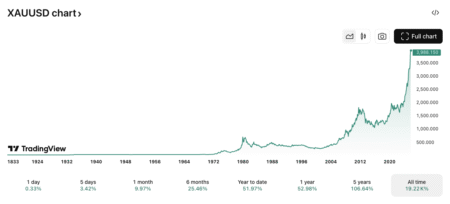Bitcoin Market Update: Volatility and Market Dynamics
On Tuesday, Bitcoin prices experienced a significant decline, landing around $110,000, a notable decrease that affected the broader cryptocurrency market. This downturn was largely attributed to a wave of forced liquidations in the derivatives market, which intensified the already volatile trading environment ahead of crucial U.S. economic indicators scheduled for release this week. Overall, crypto prices tumbled by nearly 2%, with the GMCI 30 index reflecting a 3% drop in top assets. This bearish trend highlights the ongoing turbulence within the markets, raising concerns among investors and analysts alike.
In the past 24 hours, CoinGlass data revealed the liquidation of over $900 million in leveraged positions, predominantly affecting long bets. These figures are based on publicly available data, which may not capture the total scale of market liquidations due to limits on APIs and lapses in reporting practices. As a result, actual liquidation activity could be more extensive than reported, suggesting that this sell-off may have deeper implications for market stability.
The volatility in Bitcoin and Ethereum has spiked considerably, with daily volatility for BTC soaring from 15% to 38%, while ETH volatility surged from 41% to 70%. Dr. Sean Dawson, head of research at Derive.xyz, attributed this increase to macroeconomic anxiety following a hotter-than-expected Producer Price Index (PPI) report. Traders appear to be taking a defensive stance in anticipation of the U.S. GDP data release on August 28 and upcoming employment reports. This caution is reflected in the options market, where demand for puts has surged, signaling heightened concern about potential downside risks.
Amid this downturn, leverage dynamics appear to be adjusting, albeit unevenly. Glassnode reported a modest decline of 2.6% in Bitcoin futures open interest, translating to nearly $2 billion. Interestingly, long-side funding payments have jumped by 29%, indicating a potential instability within the current market momentum. As daily active addresses fell below their usual trends, this added to the impression that recent transfer volumes were driven more by speculative trading than by genuine organic demand among investors.
Analysts like Timothy Misir from BRN noted the current market drawdown as a "leverage flush" amidst a weakening market environment. He expressed concerns that if Bitcoin fails to maintain its value near the short-term holder cost basis around $110,000, it could signify fragility in the market structure. Important technical levels to monitor include around $103,700 and $100,800, as breaching these marks may jeopardize the bullish outlook for Bitcoin. Despite this downturn, there are signs of selective dip-buying from corporate treasuries and Wall Street firms, with institutions like Strategy revealing substantial purchases of BTC to bolster their digital asset reserves.
Further complicating the landscape is the broader uncertainty surrounding Federal Reserve policies. Following Jerome Powell’s dovish remarks during last week’s Jackson Hole symposium, skepticism remained regarding the Fed’s independence, especially amid President Trump’s intentions to influence its governance. The CME FedWatch tool indicated an 84.3% probability of a rate cut at next month’s Federal Open Market Committee meeting, reflecting the volatile nature of traders’ expectations based on macroeconomic cues. This sentiment continues to affect investor confidence in cryptocurrency markets as they navigate potential monetary policy shifts.
In summary, the recent plunge in Bitcoin and the overall crypto market underlines the delicate balance between market forces and macroeconomic signals. As volatility rises and liquidation pressures mount, investors must remain vigilant about both technical support levels and evolving economic conditions. The interplay of market dynamics, institutional buying, and regulatory considerations will likely define the near-term trajectory for cryptocurrencies as we approach pivotal economic data releases.
